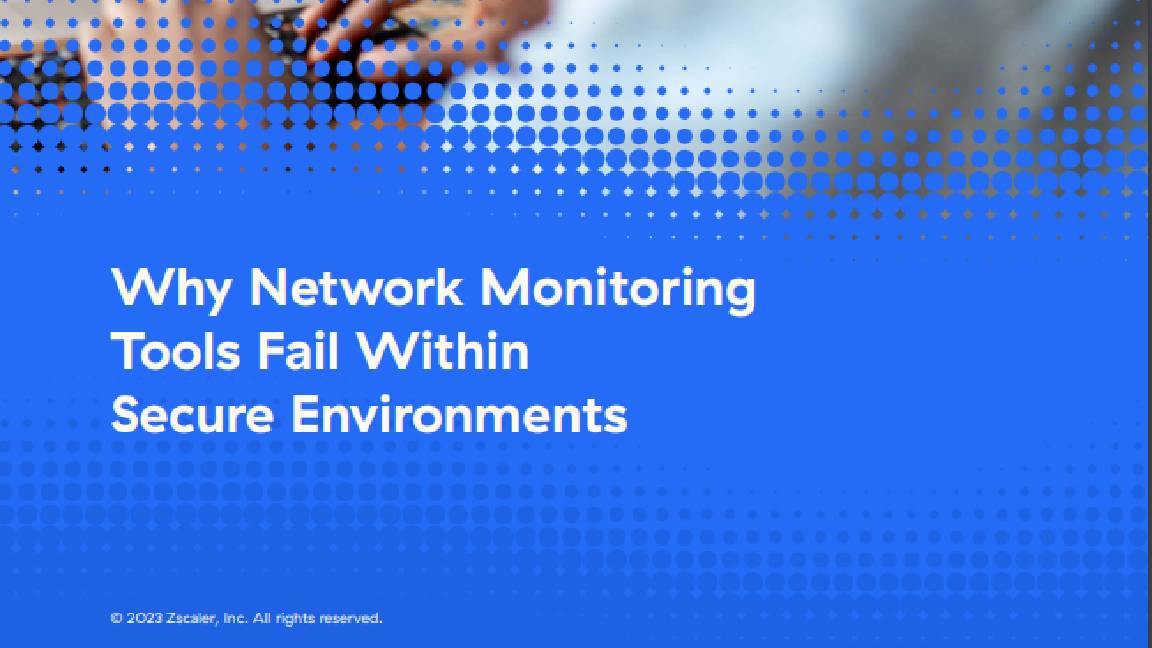36 vulnerabilities in LTE 4G standard could enable data interception
'Fuzzing' tool used by researchers to find exploits ranging from spoof SMS messages to disconnecting victims from networks


Researchers have discovered a collection of flaws in the Long-Term Evolution (LTE) standard, which could allow an attacker to send spoof messages and intercept data traffic.
A team with the Korea Advanced Institute of Science and Technology Constitution (KAIST) have discovered 51 vulnerabilities with the 4G standard, including 15 known issues and 36 previously undiscovered flaws.
They discovered this set of flaws using a code-testing technique known as 'fuzzing'. The KAIST researchers used a tool dubbed 'LTEFuzz' to feed large amounts of random data into identified processes to test them for potential anomalies.
The vulnerabilities unearthed span a broad spectrum, varying in nature and severity. They range from a flaw that could allow an attacker to disconnect a victim from their mobile network, to one that permits the eavesdropping and manipulation of data communications.
Tests were conducted across several devices on two high-profile mobile network operators. The KAIST team was intrigued by the fact that on the same operator, two core networking components from different vendors could present different vulnerabilities. The same was also true for two components from a single vendor, but deployed across different operators.
The full list of vulnerabilities discovered can be found at the foot of the team's 16-page report, which they are planning to present publicly at the IEEE Symposium on Security and Privacy in May.
"LTEFuzz successfully identified 15 previously disclosed vulnerabilities and 36 newvulnerabilities in design and implementation among the different carriers and device vendors," the researchers noted.
Get the ITPro daily newsletter
Sign up today and you will receive a free copy of our Future Focus 2025 report - the leading guidance on AI, cybersecurity and other IT challenges as per 700+ senior executives
"The findings were categorized into five vulnerability types. We also demonstrated several attacks that can be used for denying various LTE services, sending phishing messages, and eavesdropping/manipulating data traffic."
LTE is a networking standard that offers slightly slower speeds than 'true 4G', but is widely used by network operators and marketed as 4G. However, as the hype behind 5G continues to gain momentum in 2019, researchers have been discovering a series of flaws in the protocols that underpin the next-gen technology.
Academics in February, for example, discovered three flaws in 5G that exploit a handset's paging protocol, allowing an attacker to track somebody's location, spoof text messages and block messages altogether.
But as manufacturers gear up to launch a wave of 5G-ready handsets, 4G will continue to be used by a vast cross-section of the public and businesses in the UK.
The KAIST researchers said they have no plans to release their LTEFuzz tool in any public capacity because it can be used for malicious purposes. The team does, however, plan to share LTEFuzz with mobile network operators and device vendors.

Keumars Afifi-Sabet is a writer and editor that specialises in public sector, cyber security, and cloud computing. He first joined ITPro as a staff writer in April 2018 and eventually became its Features Editor. Although a regular contributor to other tech sites in the past, these days you will find Keumars on LiveScience, where he runs its Technology section.
-
 Bigger salaries, more burnout: Is the CISO role in crisis?
Bigger salaries, more burnout: Is the CISO role in crisis?In-depth CISOs are more stressed than ever before – but why is this and what can be done?
By Kate O'Flaherty Published
-
 Cheap cyber crime kits can be bought on the dark web for less than $25
Cheap cyber crime kits can be bought on the dark web for less than $25News Research from NordVPN shows phishing kits are now widely available on the dark web and via messaging apps like Telegram, and are often selling for less than $25.
By Emma Woollacott Published
-
 HPE eyes enterprise data sovereignty gains with Aruba Networking Central expansion
HPE eyes enterprise data sovereignty gains with Aruba Networking Central expansionNews HPE has announced a sweeping expansion of its Aruba Networking Central platform, offering users a raft of new features focused on driving security and data sovereignty.
By Ross Kelly Published
-
 Fortify your future: How HPE ProLiant Servers deliver top-tier cyber security, management, and performance
Fortify your future: How HPE ProLiant Servers deliver top-tier cyber security, management, and performanceWhitepaper Deploy servers with a secure approach
By ITPro Published
-
 Fortify your future with HPE ProLiant Servers powered by Intel
Fortify your future with HPE ProLiant Servers powered by IntelWhitepaper Enhance your security and manage your servers more effectively
By ITPro Published
-
 Architecting enterprise networks for the next decade
Architecting enterprise networks for the next decadeWhitepaper A new paradigm in network architecture
By ITPro Published
-
 Why network monitoring tools fail within secure environments
Why network monitoring tools fail within secure environmentsWhitepaper Gain visibility into devices, networks, and applications
By ITPro Published
-
 Better together: HPE Aruba Networking CX switches and HPE Aruba Networking Central
Better together: HPE Aruba Networking CX switches and HPE Aruba Networking CentralWhitepaper Explore the power and simplicity of managing HPE Aruba Networking CX Switches with HPE Aruba Networking Central
By ITPro Published
-
 Cyber-resilient infrastructure starts with server security
Cyber-resilient infrastructure starts with server securitywhitepaper Take a security-focused approach when investing in the next wave of IT infrastructure.
By ITPro Published
-
 Driving digital innovation with intelligent infrastructure
Driving digital innovation with intelligent infrastructurewhitepaper Strong infrastructure investment is driving digital in all industries
By ITPro Published